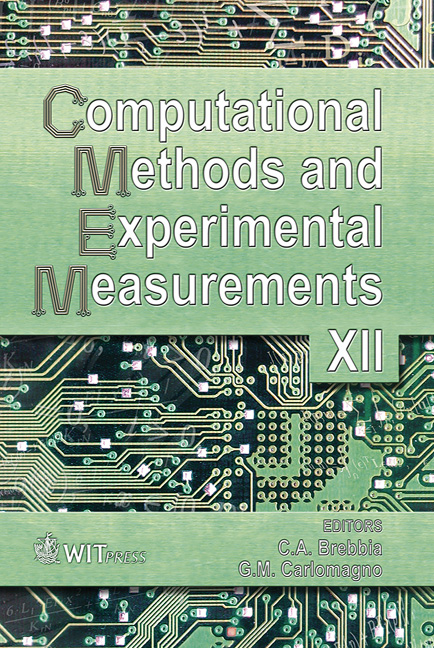Dynamics Of A Folding Rod Of A Space Self-deployable Frame
Price
Free (open access)
Transaction
Volume
41
Pages
10
Published
2005
Size
1,024 kb
Paper DOI
10.2495/CMEM050521
Copyright
WIT Press
Author(s)
V. N. Zimin & V. E. Meshkovsky
Abstract
Small oscillations of the folding rods under gravity are under consideration. A Laplace transformation is used so as to obtain the periodic solution. The impact load was introduced in the differential equation by means of the generalized delta function. 1 Introduction When developing large space deployable frames, an investigation of static and dynamic characteristics of the frame rods is an important point. These investigations provide the information for calculations of the frame static and dynamic behavior on a test bench and under working conditions. Numerous hinges cannot provide a rigid locking of the rods (Fig.1). As the result, the deployable frame behavior under dynamic loads is simulated by the motion of a rather complicated dynamic system with non-liner stiffness and damping properties. Nonlinearity of the frame properties is caused by the following reasons. The rigidity of the whole structure is determined both by the rigidities of the rods and by the fact that spring hinges connecting the rods has stops limiting rotation of the rods relative to each other. Presence of the stops results in elastic line fracture for the units under consideration. Backlashes in the hinges have an influence upon the frame rigidity, too. So, the energy dissipation in the structure is nonlinear because of the damping in the rod hinges. Nonlinear properties of the frames appear greatly during frequency tests. In that case, it is reasonable to speak about some frequency ranges corresponding to the frame natural vibrations. In tests fulfilled for number of structures, this range was about 0.2 Hz. The more the excitation frequency was increased, the more the accelerometer amplitude-frequency characteristics became chaotic due to the
Keywords





